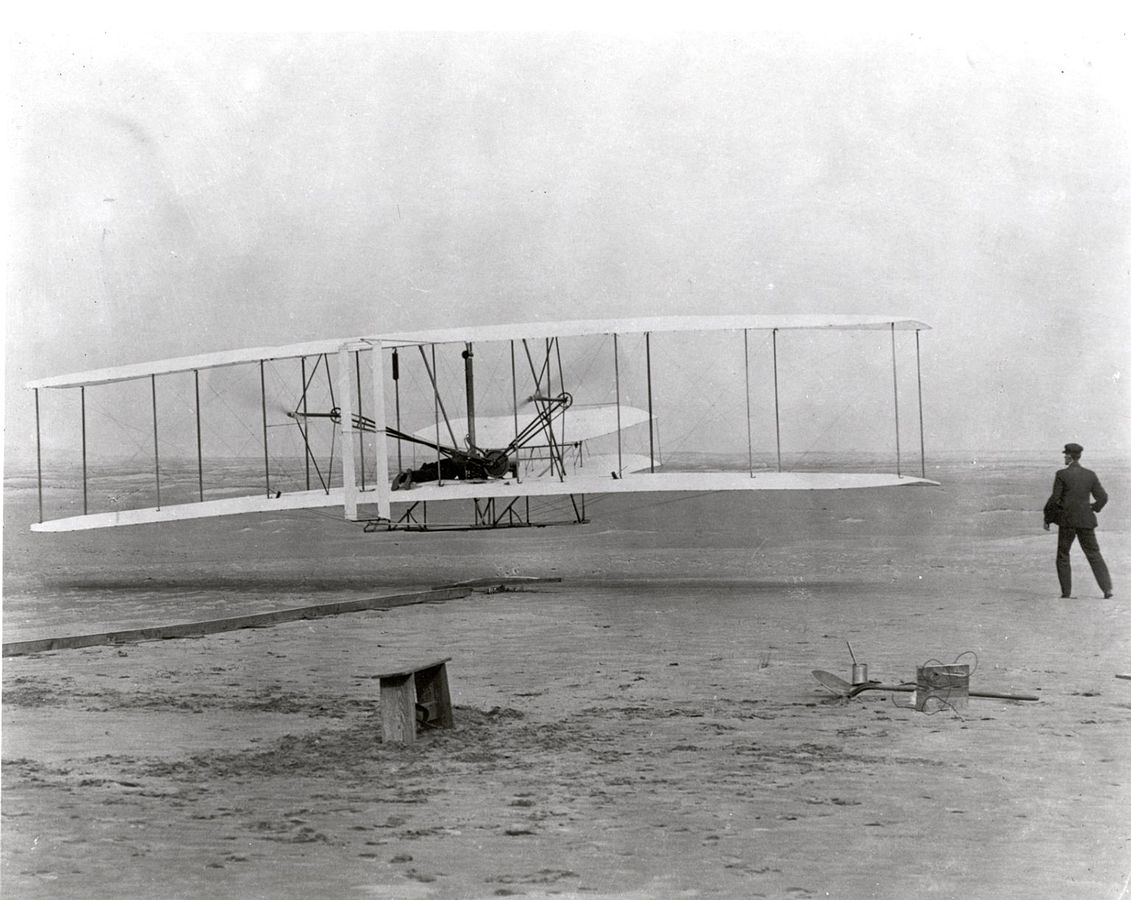It’s hard not to be agog at the ongoing troubles of Boeing. The covid-19 pandemic was the first break in our faith in the ready availability of travel; this is the second. As one of only two global manufacturers of commercial airplanes, Boeing’s problems are the industry’s problems.
I’ve often heard cybersecurity researchers talk with envy of the aviation industry. Usually, it’s because access to data is a perennial problem; many companies don’t want to admit they’ve been hacked or talk about it when they do. By contrast, they’ve said, the aviation industry recognized early that convincing people flying was safe was crucial to everyone’s success and every crash hurt everyone’s prospects, not just those of the competitor whose plane went down. The result was industry-wide adoption of strategies designed to maximize collaboration across the industry to improve safety: data sharing, no-fault reporting, and so on. That hard-won public trust has, we now see, allowed modern industry players to coast on their past reputations. With this added irony: while airlines and governments everywhere have focused on deterring terrorists, the risks are coming from within the industry.
I’m the right age to have rarely worried about aviation safety – young enough to have missed the crashes of the early years, old enough that my first flights were taken in childhood. Isaac Asimov, born in 1920, who said he refused to fly because passengers didn’t have a “sporting” chance of survival in a crash, was actually wrong; the survival rate for airplane crashes in over 90%. Many people feel safer when they feel in control. Yet, as Bruce Schneier has frequently said, you’re at greater risk on the drive to the airport than you are on the plane.
In fact, it’s an extraordinary privilege that most of us worry more about delays, lost luggage, bad food, and cramped seating than whether our flight will land safely. The 2018 crash of a Boeing 737 MAX 8 did little to dislodge this general sense of safety, even though 189 people died, and the same was true following the 2019 crash of the same plane, which killed another 156 people. Boeing tried to sell the idea that it was inadequately trained pilots working for substandard (read: not American or European) airlines, but the reality quickly became plain: the company had skimped on testing and training and its famed safety-first engineering-led culture had disintegrated under pressure to reward shareholders and executives.
We were able to tell ourselves that it was one model plane, and that changes followed, as Bloomberg investigative reporter Peter Robison documents in Flying Blind: The 737 MAX Tragedy and the Fall of Boeing. In particular, the US Congress undid the 2020 legal change that had let Boeing self-certify and restored the Federal Aviation Administration’s obligation of direct oversight, some executives were replaced, and a test pilot went to jail. However, Robison wrote for publication in 2021, many inside the industry, not just at Boeing, thought the FAA’s 20-month grounding of the MAX was “an overreaction”. You might think – as I did – that the airlines themselves would be strongly motivated not to fly planes that could put their safety record at risk, but Robison’s reporting is not comforting about that: the MAX, he writes, is “a moneymaker” for the airlines in that it saves 15% on fuel costs per flight.
Still, the problem seemed to be confined to one model of plane. Until, on January 5, the door plug blew out of a 737 MAX 9. A day later, the FAA grounded all planes of that model for safety inspections.
On January 13, a crack was found in a cockpit window of a 737-800 in Japan. On January 19, a cargo 747-8 caught fire leaving Miami. On January 24, Alaska Airlines reported finding many loose bolts during its fleetwide inspection of 737 Max 9s. Then on January 24, the nose wheel fell off a 757 departing Atlanta. Near-simultaneously, the Seattle Times reported that Boeing itself installed the door plug that blew out, not its supplier, Spirit Aerosystems. The online booking agent and price comparison site Kayak announced that increasing use of its aircraft-specific filter had led it to add separate options to avoid 737 MAX 8s and 9s.
The consensus that formed about the source of the troubles that led to the 2018-2019 crashes is holding: blame focuses on the change in company culture brought by the 1997 merger with McDonnell Douglas, valuing profits and shareholder payouts over engineering. Boeing is in for a period of self-reinvention in which its output will be greatly slowed. As airlines’ current fleets age, this will have to mean reduced capacity; there are only two major aircraft manufacturers in the world, and the other one – Airbus – is fully booked.
As Cory Doctorow writes, that’s only one constraint going forward, at least in the US: there aren’t enough pilots, air traffic controllers, or engine manufacturers. Anti-monopolist Matt Stoller proposes to nationalize and then break up Boeing, arguing that its size and importance mean only the state can backstop its failures. Ten years ago, when the US’s four big legacy airlines consolidated to three, it was easy to think passengers would pay in fees and lost comfort; now we know safety was on the line, too.
Illustrations: The Wright Brothers’ first heavier-than-air flight, in 1903 (via Wikimedia).
Wendy M. Grossman is the 2013 winner of the Enigma Award. Her Web site has an extensive archive of her books, articles, and music, and an archive of earlier columns in this series. She is a contributing editor for the Plutopia News Network podcast. Follow on Mastodon
